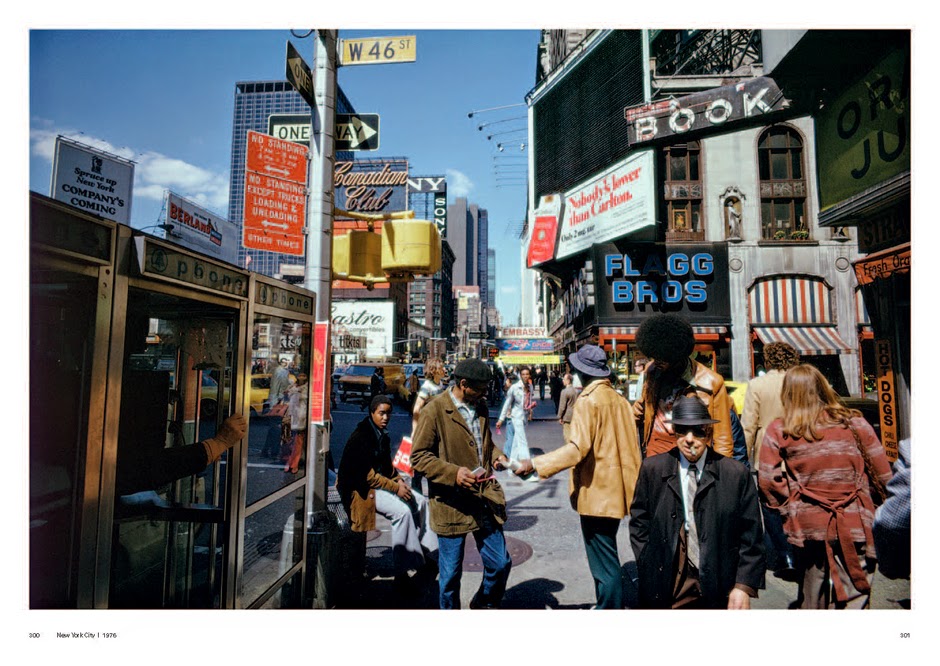In concluding this blog series, we find ourselves considering how all of this research and gathered information is relevant to our own photography practice. I consider myself an explorer, a visual gatherer and collector of that which surrounds me. Through this blog we have had a chance to explore culture through various types of landscapes, which is a significant chunk of my practice. I do tend to cast the genre net wider when creating images, including portraits and food to satiate my culture curiosity.
The photographers and literature that I continue to draw upon maintain that sense of curiosity when it comes to changing culture and its presence and representation in photographic images. Photographers like the New Topographics, who presented beauty in the banal, Sebastiao Salgado – who documents ethnic groups and landscapes with a completely immersive practice, street photographers like Joel Meyerowitz who embody the the decisive moment, Martin Parr – whose critique of present-day cultures enable his images to positively drip with satire! There are so many photographers whose images signify a curiosity and commentary about their society or that which is foreign to them.
In terms of literature, I have found the writers and articles that most resonate with my practice tend towards a discourse revolving around culture, manifested through landscape, portrait and lifestyle images. The journal Space and Culture 'brings together dynamic, critical interdisciplinary research at the interface of cultural geography, sociology, cultural studies, architectural theory, ethnography, communications, urban studies, environmental studies and discourse analysis. Space and Culture's unique focus is on social spaces, such as the home, laboratory, leisure spaces, the city, and virtual spaces'. Whilst this is not strictly a photography journal, so many of the articles help me to draw inspiration for my practice.
One article from the journal, by Gillian Rose, discusses 'the framework for understanding and reflecting upon the various that urban scholars have worked with visual representations of city spaces'. Visual Culture, Photography and the Urban: An Interpretive Framework talks about three main approaches: 'representing the urban, evoking the urban and performing the urban'. I think that is such a great way to sum up my approach to photography. Rose has written many other texts about family sentiments, geographics and cultural implications of photography. Whilst much of my other photographic literature research has felt oftentimes hard to relate to what I am trying to achieve with my own bodies of work, she is a Professor of Cultural Geography, and her curiosity revolving around visual media is intrinsically tied to the notions of culture, time and place:
And that's all I have to say about that.
Culture and Space <http://sac.sagepub.com/>
Gillian Rose: Visual/Method/Culture Blog <https://visualmethodculture.wordpress.com/>
Liz is a culture vulture
The photographers and literature that I continue to draw upon maintain that sense of curiosity when it comes to changing culture and its presence and representation in photographic images. Photographers like the New Topographics, who presented beauty in the banal, Sebastiao Salgado – who documents ethnic groups and landscapes with a completely immersive practice, street photographers like Joel Meyerowitz who embody the the decisive moment, Martin Parr – whose critique of present-day cultures enable his images to positively drip with satire! There are so many photographers whose images signify a curiosity and commentary about their society or that which is foreign to them.
Joel Meyerowitz
Martin Parr
In terms of literature, I have found the writers and articles that most resonate with my practice tend towards a discourse revolving around culture, manifested through landscape, portrait and lifestyle images. The journal Space and Culture 'brings together dynamic, critical interdisciplinary research at the interface of cultural geography, sociology, cultural studies, architectural theory, ethnography, communications, urban studies, environmental studies and discourse analysis. Space and Culture's unique focus is on social spaces, such as the home, laboratory, leisure spaces, the city, and virtual spaces'. Whilst this is not strictly a photography journal, so many of the articles help me to draw inspiration for my practice.
One article from the journal, by Gillian Rose, discusses 'the framework for understanding and reflecting upon the various that urban scholars have worked with visual representations of city spaces'. Visual Culture, Photography and the Urban: An Interpretive Framework talks about three main approaches: 'representing the urban, evoking the urban and performing the urban'. I think that is such a great way to sum up my approach to photography. Rose has written many other texts about family sentiments, geographics and cultural implications of photography. Whilst much of my other photographic literature research has felt oftentimes hard to relate to what I am trying to achieve with my own bodies of work, she is a Professor of Cultural Geography, and her curiosity revolving around visual media is intrinsically tied to the notions of culture, time and place:
I’m fascinated by some of the things that a lot of geographers have studied for a very long time: place, landscape, space. I find these terms very useful ways into exploring how stuff happens, and particularly how people make sense of their lives in specific locations and times. For me, ‘place’, ‘landscape’ and ‘space’ are particular sorts of understandings about how the world works. (Rose)
And that's all I have to say about that.
Culture and Space <http://sac.sagepub.com/>
Gillian Rose: Visual/Method/Culture Blog <https://visualmethodculture.wordpress.com/>







Culture is expressed in so many peculiar ways, be it fashion, national food, architecture, music, language, even smells... I thinks it's a daring and very interesting concept that you are pursuing with your project, to try and blend some of these things together and see what comes out. Photography is an extremely powerful tool for making social commentaries of all kinds.
ReplyDelete